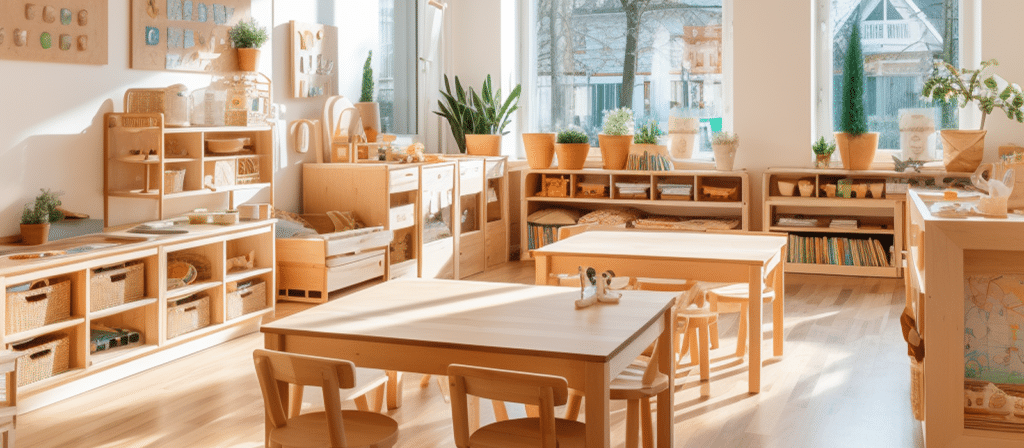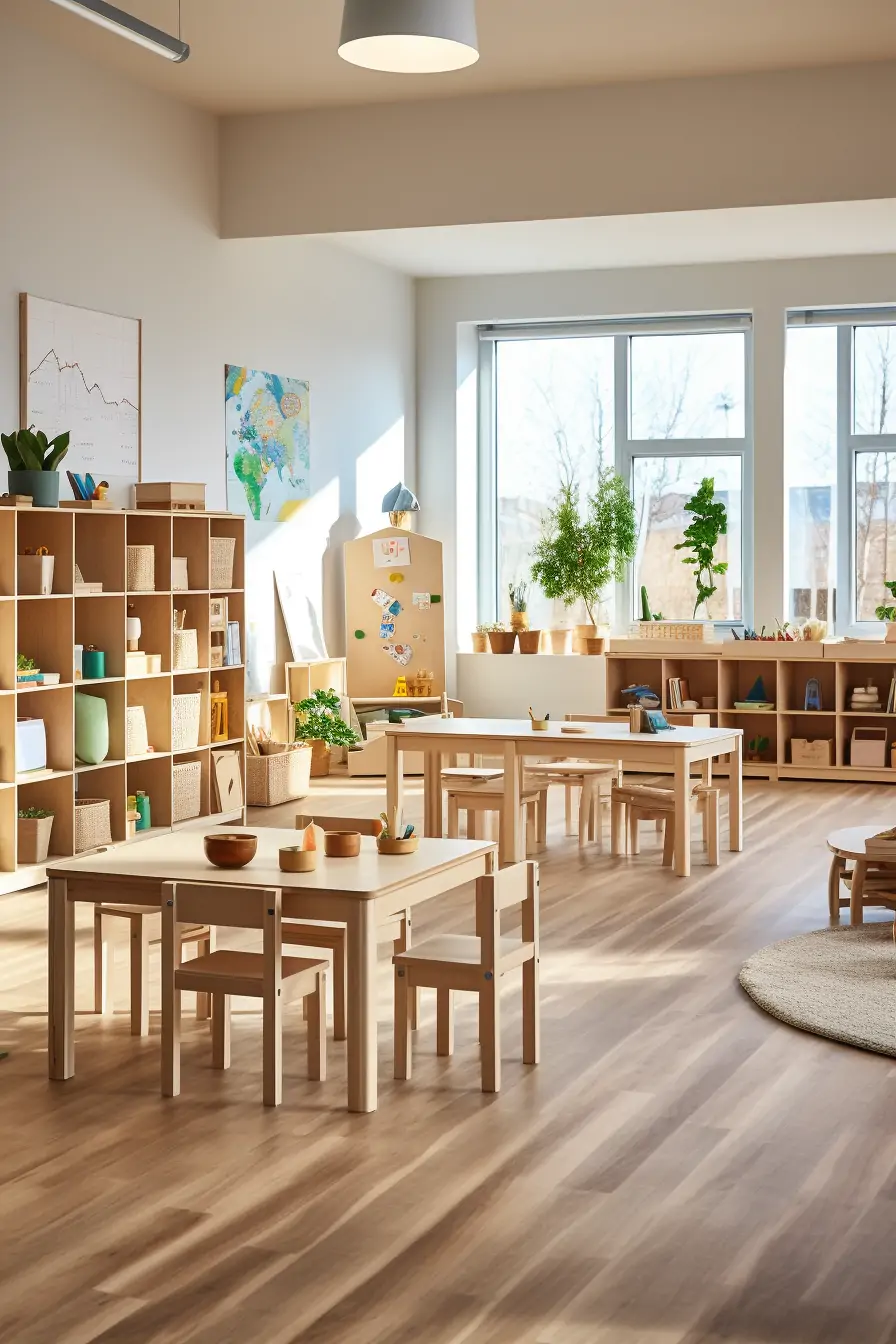Are you looking to revamp your living space or create a more harmonious atmosphere in your home? Arranging furniture is an art that can significantly impact the aesthetics and functionality of a room. In this article, we’ll explore the five fundamental principles of arranging furniture, helping you transform your living spaces into functional and appealing havens.
The 5 Principles of Arranging Furniture are the core guidelines that interior designers and homeowners follow to create balanced, aesthetically pleasing, and functional room layouts. Understanding these principles is key to achieving a harmonious living space that reflects your personal style and promotes comfort.
How Does Furniture Arrangement Impact Your Space?
Furniture arrangement plays a crucial role in setting the tone of your space. It can make a small room appear larger, create cozy nooks for intimate conversations, or even enhance the flow of energy in a space. It’s like a puzzle where each piece has its place, and when they all come together, magic happens.
How Do I Begin?
Arranging furniture can be a daunting task, but fear not! With a bit of planning and creativity, you’ll soon have a space that feels both comfortable and visually pleasing. The first step is to assess the room and its purpose. Is it a living room meant for relaxation and entertainment, or a home office where productivity is key? Understand the room’s function, and you’ll have a better idea of how to arrange the furniture to support that purpose.
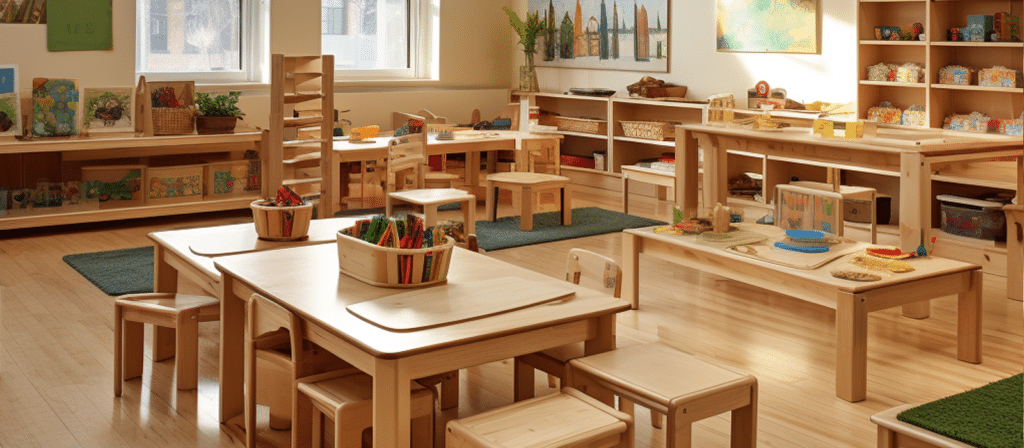
Consider the Flow
Once you’ve determined the room’s purpose, it’s important to consider the flow of the space. Think about how people will move through the room and ensure there are clear pathways. Avoid blocking doorways or creating obstacles that impede movement. If you’re not sure where to start, try mapping out the room on paper or using an online room planner tool. This will give you a visual representation of the space and help you experiment with different furniture arrangements.
Finding the Focal Point
Every well-arranged room needs a focal point – a visually striking element that draws attention and anchors the space. This could be a fireplace, a large window with a view, or even a statement piece of furniture. Once you’ve identified the focal point, arrange your furniture around it to create a sense of balance and harmony. For example, in a living room with a fireplace as the focal point, position the sofa and chairs facing towards it, creating a cozy conversation area.
The Golden Rule: Functionality Comes First
The first principle of arranging furniture is to prioritize functionality. Before diving into the aesthetics, consider how you will use the space. Will it be a cozy reading nook, a lively entertainment area, or a multifunctional room? Identifying the primary purpose of the space will guide your furniture placement decisions.
For example, if you’re creating a reading nook, you would want to ensure there is ample lighting and a comfortable chair strategically placed near a bookshelf. On the other hand, if the space is meant for entertaining, you might opt for a conversational seating arrangement that encourages interaction.
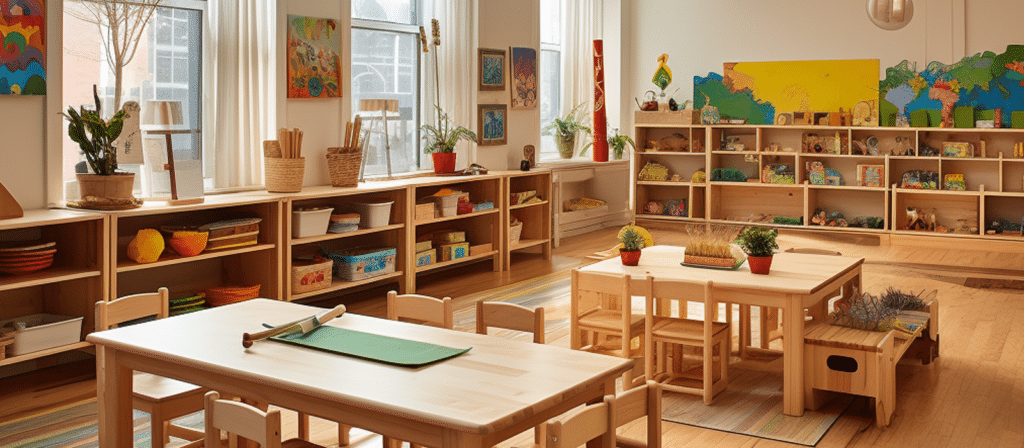
The Power of Symmetry and Balance
Symmetry and balance are the backbone of a well-arranged space. They create a sense of harmony and order, making the room visually pleasing. A symmetrical arrangement involves placing identical or similar objects on either side of a central point, creating a mirror-like effect.
However, achieving perfect symmetry isn’t always necessary or feasible. Balance can also be achieved through asymmetrical arrangements, where objects of different sizes and shapes are visually balanced through careful placement and distribution.
Traffic Flow: Let It Flow, Let It Flow!
One often overlooked aspect of furniture arrangement is traffic flow. It’s essential to ensure that there is enough space for people to move around comfortably without feeling cramped or obstructed by furniture. No one wants to do the furniture shuffle dance just to get from one side of the room to the other.
Consider the natural flow of movement in the space and arrange furniture accordingly. Create clear pathways and leave enough space between furniture pieces to allow for easy movement. This is especially important in high-traffic areas such as hallways and entryways.
The Art of Layering: Create Depth and Visual Interest
Layering is an art form that adds depth and visual interest to a space. It involves combining different elements such as textures, colors, and heights to create a visually appealing composition. By layering furniture and accessories, you can create a sense of depth and dimension in your space.
For example, you can layer a cozy rug over a hardwood floor, place a coffee table on top of a rug, and then add decorative items such as vases or books on the coffee table. This creates a visually interesting arrangement that draws the eye and adds personality to the space.
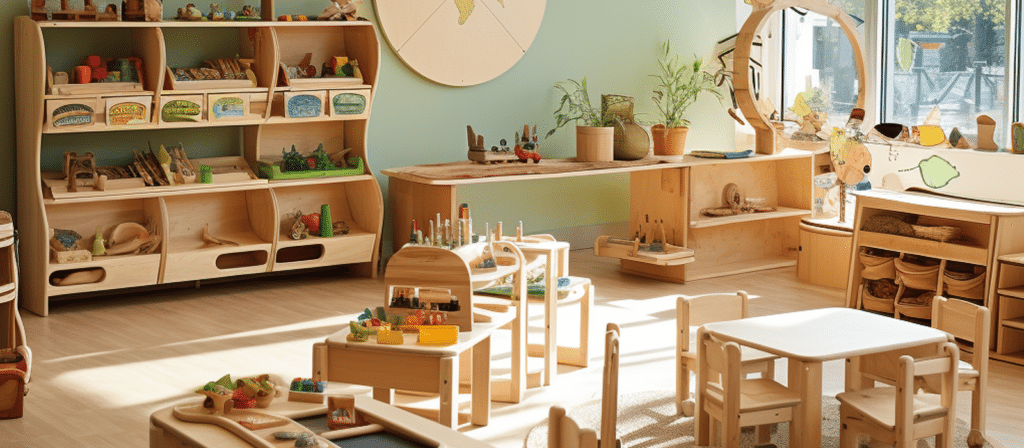
The Power of Focal Points: Anchor Your Space
Every well-designed space needs a focal point – a visually dominant element that anchors the room and draws attention. It could be a fireplace, a large window with a stunning view, or even a statement piece of furniture. The focal point serves as the main attraction and sets the tone for the entire space.
When arranging furniture, it’s important to consider the focal point and position the rest of the furniture around it. This helps create a sense of balance and ensures that the focal point remains the star of the show.
Embrace Negative Space: Less is More
In the world of furniture arrangement, less is often more. Embracing negative space, also known as empty or white space, allows your furniture pieces to breathe and creates a sense of openness and tranquility. It’s all about finding the right balance between furniture and empty space.
Don’t be tempted to cram every corner with furniture. Instead, leave some areas open to create a sense of visual lightness and give the room a spacious feel. This can be achieved by choosing furniture pieces with sleek designs and opting for lighter color palettes.
Flexibility: Adapt and Evolve
Lastly, don’t be afraid to experiment and adapt your furniture arrangement over time. As your needs and tastes change, your space should be able to evolve with you. Rearranging furniture can breathe new life into a room and give it a fresh perspective.
Keep an open mind and be willing to try new arrangements. Who knows, you might stumble upon a layout that transforms your space into something extraordinary.
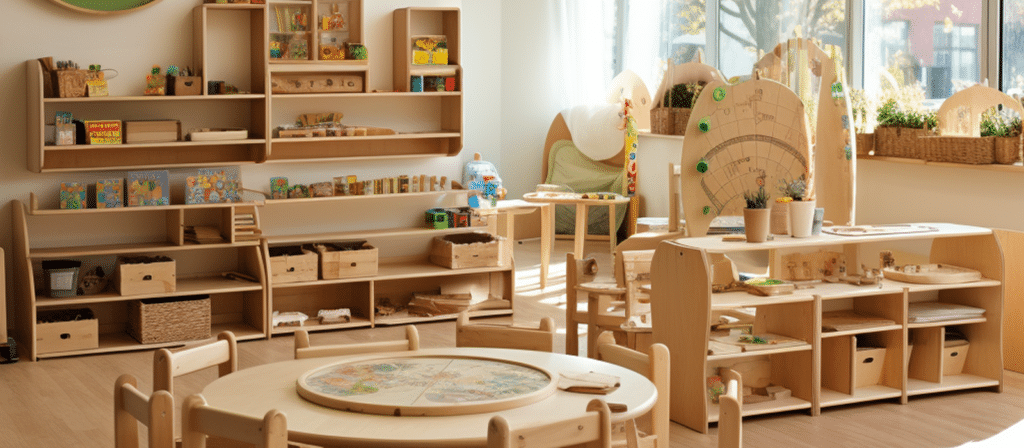
Conclusion
Arranging furniture is not just about creating a visually appealing space; it’s about creating a functional and harmonious environment that reflects your personality and style. By prioritizing functionality, embracing symmetry and balance, considering traffic flow, layering elements for visual interest, anchoring the space with focal points, embracing negative space, and staying flexible, you can create a space that feels like a true reflection of yourself.
So go ahead, grab that tape measure, put on your interior designer hat, and let your creativity flow. Your perfect space awaits!
That’s it! Remember, furniture arrangement is an art form that allows you to express your personality and create a space that feels truly yours. Have fun with it, and don’t be afraid to break the rules and let your creativity shine. Happy arranging!

